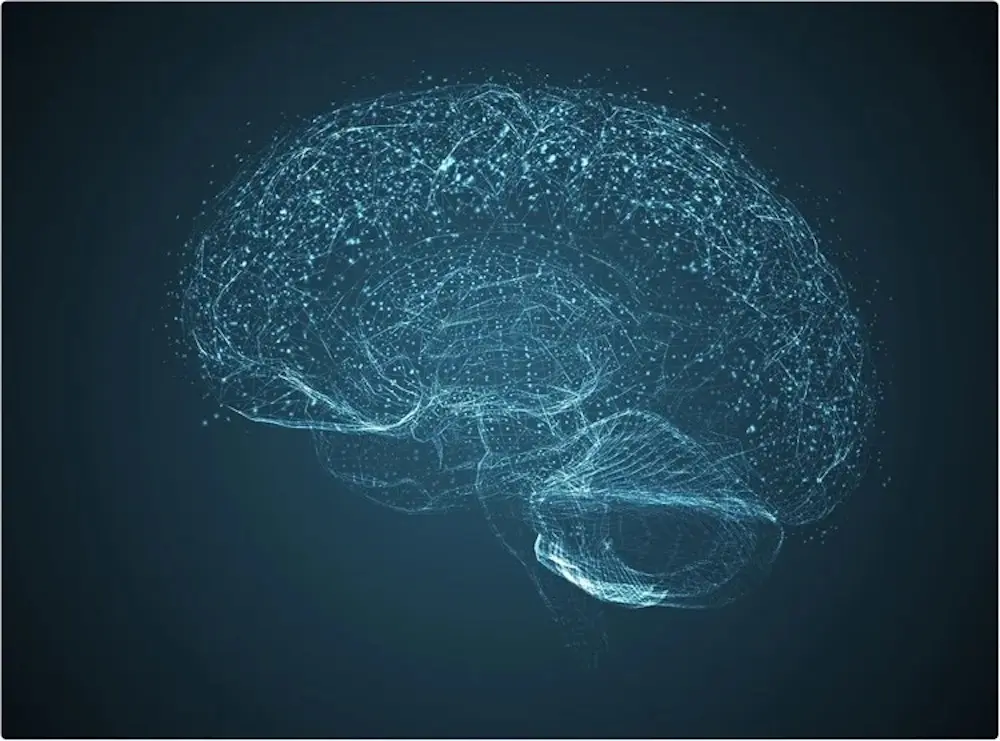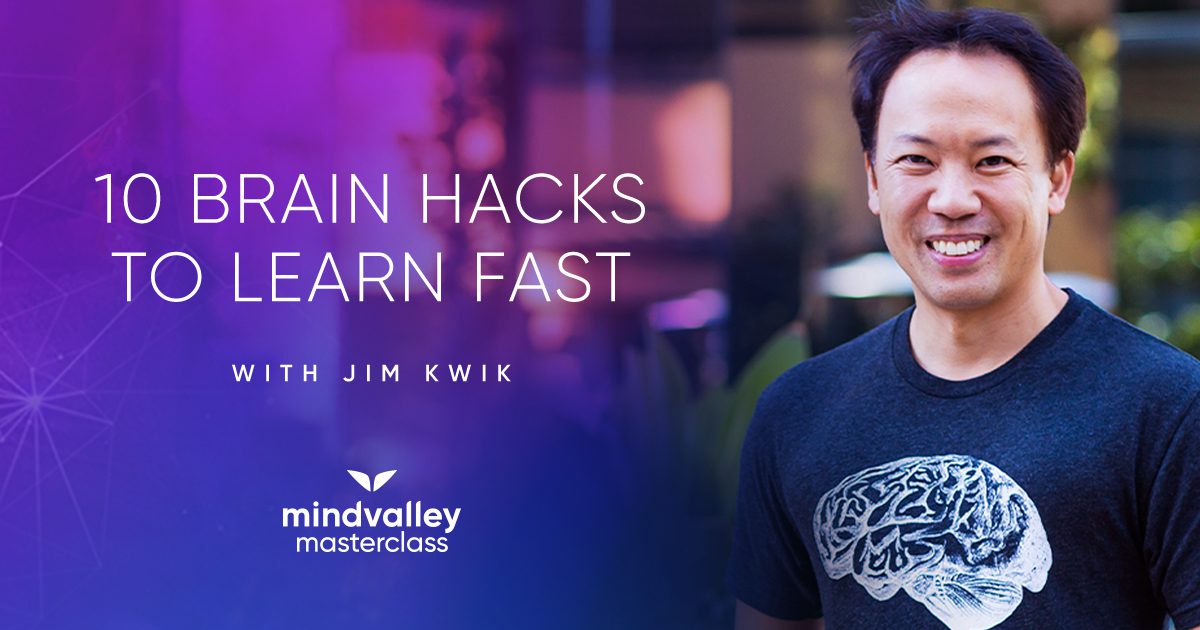The brain is the most complex organ in your body. It has 3 major divisions which include the forebrain, midbrain, and hindbrain. These divisions allow us to simplify and understand the functions of the brain.
Let’s further explore the midbrain function so this complex organ can be simply understood.
Because if we can all understand our brains better, perhaps we can use them better too.
Functions of the Midbrain: What Does the Midbrain Do?
Each moment, your midbrain is allowing you to balance and coordinate your movement in the world. It sits right between your forebrain and hindbrain. And it’s the center of your visual and auditory reflexes.
Not only this, but it also controls and regulates your dopamine production. As your body’s motivation chemical, this controls our attention, habits, and behavior, as well as plays a major role in our mood, movement, and memory.
The busy little midbrain even plays role in our sleep/wake cycle, alertness, and temperature regulation.

Why is the midbrain important?
If your hand touched the stove, it would be your midbrain that allowed you to pull your hand back.
As the center for your reflexes and motor movement, it allows us to respond to situations appropriately.
What Are the Parts of the Midbrain and Their Functions?
The midbrain has two main parts.
First, let’s talk about cerebral peduncles. Second, you’ll learn how the signals of your eyes and ears work in the brain.
The tegmentum and cerebral peduncles
The tegmentum communicates with the cerebellum in the hindbrain with the help of the cerebral peduncles. You can find these right at the top of the brainstem.
Apart from being fun to say (peduncle!), the main role of this part of the brain is to carry its precious cargo of motor signals between the brainstem and higher brain.
The tectum and corpora quadrigemina
The tectum has four divisions, known as the corpora quadrigemina. These are located on the back of your brainstem. Together they’re your brain’s visual and auditory reflexes.
Thus, this is the reflex integration center of your brain. Here, eye and ear signals come together, and head and eye movements are also controlled. Whenever you hear a sudden flash of light or a startling sound, the corpora quadrigemina bolts into action.

What Happens if Your Midbrain Is Damaged?
Since your midbrain is such a complex structure, the effect of damage is wide-ranging. Issues resulting from damage to the midbrain include difficulty with vision and hearing difficulties. Even Parkinson’s disease has been linked to the midbrain.
Movement can also be affected, for instance in the case of Traumatic Brain Injury (TBI). In the case of a traffic accident, for instance, nerves can be damaged, and the use of limbs diminished. Reflexes, heart rate, and respiration can also be affected.
Either way, maintaining a healthy brain throughout your life is an essential job for each of us. And more than anything else, lifelong learning seems to be the key to a healthy brain.
If knowledge is power, learning is your superpower.
—Jim Kwik
And indeed, committing to maintaining a healthier brain might be one of the few investments in this life with a guaranteed return, because you truly can feel the difference.










